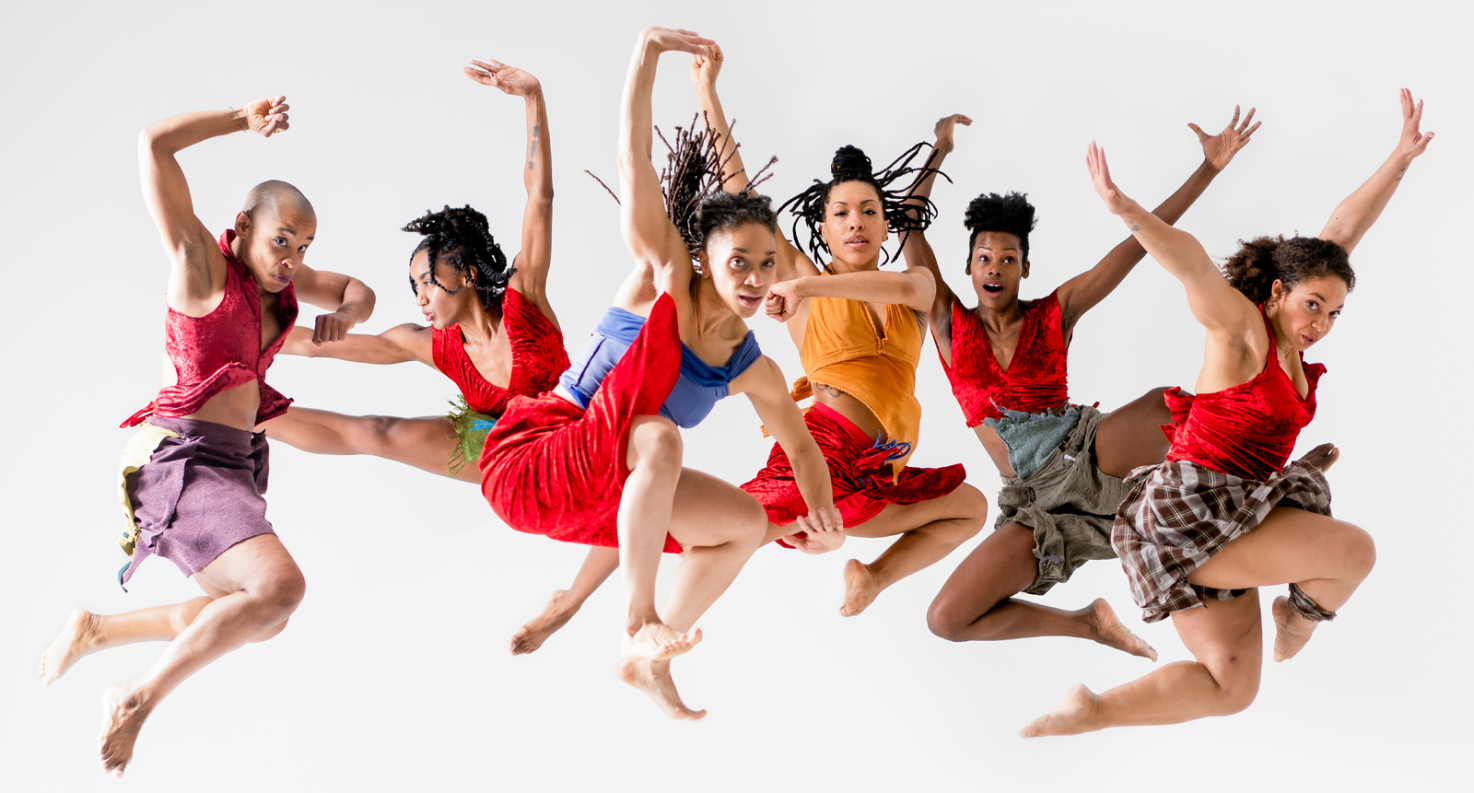Art as Diplomacy
Artists from around the world come to DU to perform—and help bridge the gap between culture and politics.

“All good art is political,” said acclaimed author Toni Morrison.
Historical events are often accompanied by works of art—like Beyoncé’s defiant song “Formation,” which is considered an anthem for the Black Lives Matter movement. The same goes for times of international social and political upheaval, like Ukrainian artists’ murals on bomb-blasted buildings or the graffiti on the Berlin Wall.
At the Sié Chéou-Kang Center for International Security and Diplomacy, teaching diplomatic relations is about much more than public policy or political power—it’s also about exploring art and culture as diplomacy.
That’s why the Sié Center has partnered with the Newman Center for the Performing Arts to bring to campus international performers whose work is bridging political divides. As part of Sié’s cultural diplomacy program, select artists who are performing as part of the Newman Center Presents series also visit classrooms and give lectures on how their art is facilitating connections across nations and cultures.
The program aims to answer the question, “How can we think about critical issues in the world by engaging the wisdom, knowledge and work of artists and performers?” says Marie Berry, director of the Sié Center. “We have this broad spectrum of creative folks that I think oftentimes are overlooked by global politics [and] people that are focused on policy. There’s just so much that we can learn from these folks.”
The partnership has produced events like a panel discussion and performance by Small Island, Big Song, a climate change project featuring artists from 16 island nations, and a short intensive course with opera singer Carla Canales, the Biden administration’s envoy for cultural exchange.
Last academic year, when Jordanian singer and musician Farah Siraj had a residency at the Newman Center, she agreed to perform and speak about anti-war feminism at the Feminist Peace Summit event at the Korbel School of International Studies.
“It was a musical performance and a musical protest against war and violence,” Siraj says. “There could not have been a conference more fitting for me to perform at.”
She says she sees cultural diplomacy as a way to bridge the gap between cultures—“to see each other as a global community.”
“Musicians have always been at the forefront of change, of social change, and so music has a big part to play and a big role to play,” Siraj says.
Connecting communities and affecting change
The Sié-Newman cultural diplomacy program is made possible in part by a gift from the Denver-based Bonfils-Stanton Foundation. The gift funds special programs focused on cultural exchange at DU, in line with the foundation’s mission to support arts and culture in Denver.
“I think it’s pretty well-proven at this point that understanding culture is a critical component of how you build relationships, how you build trust, how you build respect for another community,” says Gary Steuer, president and CEO of Bonfils-Stanton.
Luke Wachter is the associate director of educational initiatives at the Newman Center. He says cultural diplomacy is about highlighting the interconnectedness of communities around the world—the intersection of common problems and common solutions.
“Art is a powerful force for change,” Wachter says. “And all of these artists bring that idea to their work. Another important part of the power of art to make change in the world is joy, and regardless of the existential threats that people are facing throughout the world, that element of joy is an essential part of humanity’s survival.”
Farah Siraj performs at the Feminist Peace Summit.
Farah Siraj performs at the Feminist Peace Summit.
Performers from Small Island, Big Song.
"Surfer enjoys a spam musubi before heading out."
Carla Canales teaching a short intensive course on cultural diplomacy.
Carla Canales teaching a short intensive course on cultural diplomacy.


